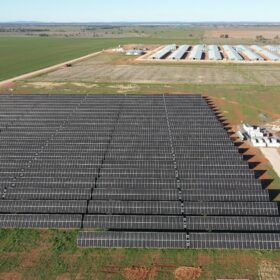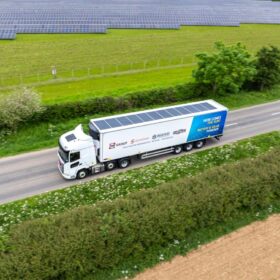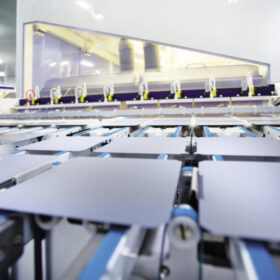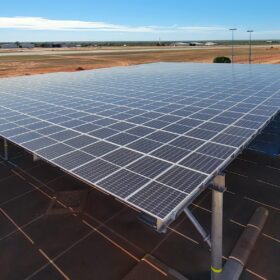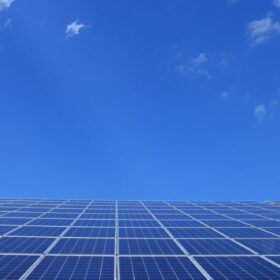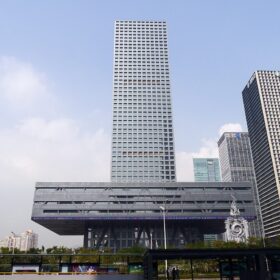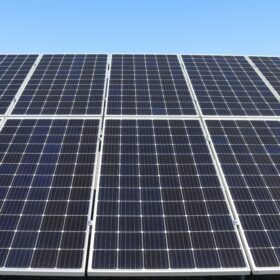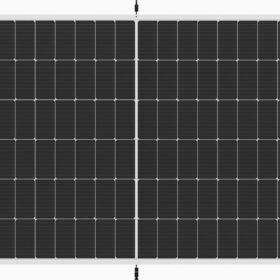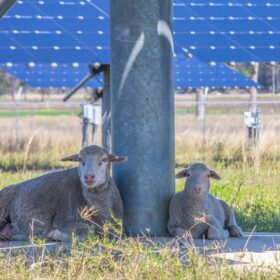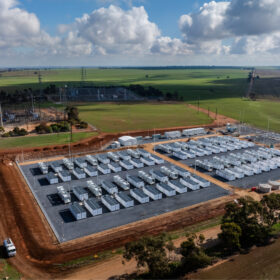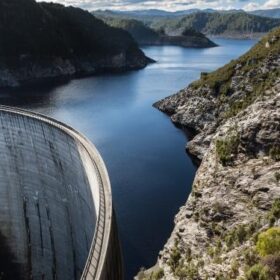Western Australia mine site to install hybrid power plant with 65 MW capacity
Zenith Energy will build, own and operate a hybrid power station including a 7 MW solar farm and 12 MWh battery energy storage system that will help power operations at Lynas Rare Earths’ Mount Weld mine site in Western Australia
How long do residential solar panels last?
Multiple factors affect the productive lifespan of a residential solar panel. In the first part of this series, we look at the solar panels themselves.
Smart Commercial puts off-grid solar and battery system to work
Renewable energy solutions provider Smart Commercial Solar has unveiled a “ground-breaking” hybrid microgrid that combines 3.98 MW of PV, 4.4 MWh of battery energy storage and an 11 kV private distribution network to help power a large-scale poultry farm in southwest New South Wales.
Sunswap rolling out PV-powered transport refrigeration
United Kingdom–based technology company Sunswap has launched Endurance, an electric transport refrigeration system with integrated battery and solar PV. It is built to compete with diesel-powered systems.
Bigger is better as module makers power ahead
Larger wafer and module sizes have had a profound influence on module power output in recent years but standardisation appears to have taken hold, with no further increases evident in module data, according to Molly Morgan, a senior research analyst at Exawatt, which is now part of the CRU Group.
Broome International Airport to install 400 kW of solar on carpark structures
Broome International Airport has engaged energy solutions company GenOffGrid to install a 400 kW solar covered carpark at its main terminal, to compliment two more systems in the pipeline with a total capacity of 660 kW.
Solar nears 9% of U.S. total electric generation capacity
The monthly energy infrastructure update from the Federal Energy Regulatory Commission shows solar accounted for nearly 80% of capacity additions in May, continuing its dominance of new-build generation in the United States.
Longi, Aiko Solar, TCL Zhonghuan, Tongwei to post H1 losses
Longi says it expects a net loss of CNY 4.8 billion ($980 million) for the first half of 2024, while Tongwei is bracing for a CNY 3 billion loss. Aiko Solar and TCL Zhonghuan, meanwhile, are predicting losses of CNY 2.9 billion and CNY 1.4 billion, respectively.
Queensland gas-fired ammonia plant to switch to $28 million of renewables
A $28 million hybrid renewable energy system comprising solar and battery energy storage is to replace gas-fired generation at the Incitec Pivot Fertilisers plant in Queensland aided by the Australian government’s Powering the Regions Fund.
GoodWe unveils double-glass TOPCon bifacial solar modules
GoodWe has developed new double-glass tunnel oxide passivated contact (TOPCon) bifacial solar modules for its Polaris series, available in 530 W and 580 W variants.


